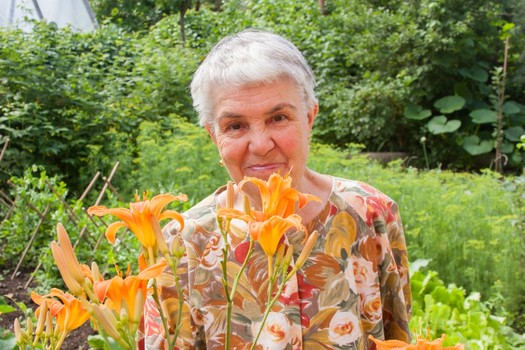Adults living in the sticks want to stay at home as they age. When my grandparents became sick and feeble, the family made sure they remained cared for at home by sharing responsibilities. But in today’s world, family members leave the farm and head out in search of education and jobs. In fact, the younger generations receive encouragement to do exactly that. Leave the rural area and head off to urban opportunities.
Unfortunately, older adults in remote communities receive little attention by research. So, they learn to depend on each other.
Last month, I met with a group of rural residents to discuss aging alone strategies. While speaking with them, the primary, decisive concern is finding help and support at home when needed. But in most cases, it’s nonexistent. Other requirements rural adults expressed are connection and social events, and transportation.
Referring to the Seniorcare.com Aging Council for advice and guidance on the significant rural issues, the specialists identified several actions to take to support healthy and connected aging. The question posed:
Can you identify actions that aging professionals and technology groups can take to support healthy and connected aging in far-removed areas?
“Look at the principals of human-centered design to study what will work for these populations: develop insights directly from the people, brainstorm ways we might address the concerns, test models for delivery and prototypes of products, and adjust from the findings.” Shannon Martin, Aging Wisely.
“A few different trends can be very helpful for rural aging adults: telemedicine, remote monitoring, and personal check-ins. These solutions use technology and people to ensure they are okay and have everything they need. Rhonda Harper, Penrose Auditors.
“First, lifelong learning and health education classes could be offered directly by using a toll-free conference line. Secondly, the internet can be used to create communities that provide resources and connections. Thirdly, organizations can form partnerships to take programs to places where older adults live and gather. Lastly, creating more “Villages”, which are neighbor-assisting-neighbors systems of helping seniors age in place.” Betsie Sassen, Capitol Consulting, Inc.
“A better connected aging in place requires deployment of connected devices for 1) communications, 2) health monitoring, 3) home security, and people who 4) analyze data to find out who might need help. These four components can be synergized to create personal safety profiles including health, personal security, and social connectivity.” Jeff So.
“Technology has removed the distance barrier for seniors to get access to professional help. Whether it’s through a cell phone app or a remote monitoring device; professionals can now keep track of elders with a simple click of a button. The only issue is coordinating transportation if an issue can’t be solved remotely.” Admond Fong.
“Fund, plan, build and serve for the rural areas: community housing and grocery, transportation to providers, worship, and socialization. Involve ‘stakeholders” in planning and operations. Use caregivers the eyes of care, the postal carrier, the Meals On Wheels delivery person, phone tree tasks such as Seniors-Checking-On-Seniors. Community, and preservation of purpose!” Nancy Ruffner, NC Navigate.
“The “Granny Cloud” based out of the UK is an excellent example of a sharing economy concept connecting older adults mentoring younger students through Skype. Providing tools that can help the more elderly person feel productive through remote on-demand work, connect them with family/friends and allow family members to assist in transportation related issues can all assist in the problems of social isolation due to aging-in-place.” Harsh Wanigaratne.
“Four areas: Create protocol for robust medical treatments online. Give low- income seniors in the countryside free easy to use computers and instruction. Connect seniors via Skype. Offer Japan’s “Caring Relationship Ticket” program, where people can earn tickets by giving personal service to a nearby elder and then send their tickets to an elder in a rural area who can cash them in for help locally.” Gail Steinberg.
“Have the living situation checked out for hazards and barriers to living well and safe in the space–physical and occupational therapy assessments. Provide emergency response systems for everyone. Having cameras or bed alerts or other such technology can also help others who live far away check-in on how things are going.” Donna Schempp, Elder Advocate.
“More education within the aging services needs to be implemented to help professionals better understand the mindset of rural residents. Autonomy is critical, and community support for transportation is a must.” Nikki Buckelew, Senior Real Estate Specialty.















